Perhaps the most significant outcome of South Africa’s May 8 election is that the political center held, even as its margins shrank. Although the African National Congress (ANC) registered its lowest electoral victory since the end of apartheid, the party still won 57.5 percent of the vote and retained control of eight of South Africa’s nine provinces. At the same time, opposition to the ANC grew both on the far left and the far right: Julius Malema’s populist Economic Freedom Front (EFF) increased its share of the vote from 6.4 percent in 2014 to 10.8 percent, from 26 members of parliament to 44. Given its youthful base and Malema’s rhetorical skills, this trend is likely to continue. The Freedom Front Plus (FF+), whose base is made up largely of white voters on the far right, scored its largest percentage of the vote (2.4 percent) since 1994.
Surprisingly, the Democratic Alliance (DA), which won control of three major municipalities in 2016 and was developing a reputation as a party that can deliver sorely needed services, saw its percentage of the national vote drop to 20.8 percent from 22.2 percent in 2014.
The other notable trend from the election was that voter turnout was the lowest ever in a South African election, at 65 percent. Strikingly, more than 6 million youth—around half of those in the 18-30 age bracket—did not register to vote. This voter disenchantment was primarily a reaction to corruption and the government’s failure to stimulate economic growth that reduces unemployment.
Ramaphosa’s “New Dawn”
Just last year, President Cyril Ramaphosa inherited a nation tarnished by a decade of corruption, low growth, and uncertain international role—one that only 25 years ago was Africa’s undisputed beacon of hope under Nelson Mandela.
In many respects, Ramaphosa’s credentials are impeccable. The question, therefore, is not so much whether he has the skills to successfully address South Africa’s malaise, but if he can overcome existing barriers to deliver on his promises. In order to respond to voter demands for jobs, equality, and justice, the South African government should focus on five overlapping priority areas: installing accountable and effective governance systems, creating jobs and targeting available human capital, capitalizing on the Fourth Industrial Revolution, rebuilding the country’s energy sector, and promoting foreign and domestic investment.
Two persistent, critical challenges
Governance effectiveness and accountability
South Africa’s image as the pinnacle of African democracy is waning, as incumbent corruption, violence, and distrust among the population, domestic security forces, and the judicial system present challenges to an accountable, effective state system. Despite the establishment of the Commission of Inquiry into State Capture, which has held 100 days of hearings on allegations of government fraud and corruption, no one has yet been held accountable. The ANC’s integrity commission has assumed a welcome sense of influence under Ramaphosa, but this is only one step toward reigniting trust in the overall government.
Steps towards transparency alone are not enough; Ramaphosa must also ensure that his ministers, deputies, and senior officials are accountable and exemplary. Government bodies, such as the National Prosecuting Authority, should be allocated sufficient resources and independence to investigate and adjudicate cases of corruption, fraud, and state capture.
Ramaphosa has also recently made a welcome step by naming a cabinet of 50 percent women for the first time in South Africa.
Human capital and job creation
South Africa has the second-highest level of income inequality in the world, and more than half of South Africans still live below the national poverty line, a number unaffected by the country’s recent economic growth. Furthermore, the low quality of education in the country and a significant skills mismatch has led to considerable skills shortages in both low- and high-skilled professions.
Facing an official unemployment rate of 27.5 percent, Ramaphosa held a jobs summit last year after which he announced that 275,000 jobs a year will be created due to the initiatives and agreements created at the summit. South Africa has the regulatory and fiscal infrastructure for large firms—especially in higher impact sectors, such as agriculture and manufacturing—to take hold, and those firms have the highest potential to substantially reduce the state’s unemployment woes as they have the greatest potential to increase GDP and absorb excess labor supply. Limited wage subsidies could be considered a temporary solution for sectors facing shocks to production or employment of skilled workers, though the government should be careful to ensure this policy does not lead to dependence on subsidized work or public sector jobs. Investing in an effective labor market information system to reduce search costs for the unemployed, improve job matching, and offer job placing assistance may help resolve the country’s skills mismatch issues. Finally, the Public Investment Corporation—a state-owned entity and South Africa’s largest asset manager—could add a criterion of job creation in its determination of investment flows and mandates. This policy would raise the importance of job creation as a decision parameter for listed companies, thus incentivizing private sector-led employment creation.
3 policy priorities with development escalator effects
The Fourth Industrial Revolution
South Africa is a leader in Fourth Industrial Revolution innovation on the African continent, but more can be done. Currently, South Africa uses a tax-based incentive, among other measures, to stimulate private sector research and development. Though the country’s strong intellectual property rights encourage and protect domestic innovation, the quality of its regulatory and business environments may weaken the confidence of investors, business owners, and entrepreneurs. Outside of major legal and policy reforms, South Africa must document and encourage the spread of best practices from leading metropolitan areas to local governments as well as introduce e-government measures to reduce costs and bureaucracy, improve government services, and stimulate growth in information and communications technologies.
Energy
South Africa has moved forward with investments in renewable energy power producers, which indicates the country’s commitment to implement its 2015 Renewable Energy Independent Power Producer Procurement Program. Last year, the government signed contracts with 27 independent power producers for a total of $4.5 billion to add energy capacity to the national grid within the next five years. State-owned power utility firm Eskom, however, still accounts for over 90 percent of the country’s power-generating capacity and was recently forced to begin load-shedding—the deliberate interruption of electricity supply—due to technical faults at two power stations. A lack of financing options due to Eskom’s current debt of nearly $30 billion means that these power stations could continue facing technical issues for more than a year. Eskom’s inability to supply sufficient electricity poses a major constraint to economic growth, is the current number one concern of investors, and could have political ramifications if no solution is found.
Improvements in electricity provision have been shown to reduce unequal access to education and jobs, which can have a significant impact on growing social cohesion and trust in the state. Eskom and other state-controlled companies must be held accountable for creating jobs, delivering energy, and continuing to explore alternate sources of energy. Greater division of resource control and vertical accountability will uplift the country’s energy sector and contribute to the overall promotion of growth, employment, and reliability on the state.
Investment
Shortly after Ramaphosa became president last year, he set a target of attracting $100 billion in investment over the next five years. This ambitious goal underscores South Africa’s willingness to compete globally to attract investment, and the significant growth of investment in South Africa from 2017 to 2018—by 166 percent to a total of $5.3 billion—shows some initial success. In infrastructure alone, the government estimates investment needs of 4 billion South African rand ($280 million) each year for the next five years for water and sanitation rehabilitation, and for the next seven years for electricity.
Moving forward
South Africa’s new government has a tough road ahead to achieving investment, employment, and growth targets, but these issues must be balanced with voter demands to improve government accountability and service provision. Forging an agenda of shared objectives between the government, labor, and the private sector will be critical to advancing Ramaphosa’s presidential agenda, the ANC-led parliament’s objectives, and the return of the country to the forefront of African politics, economics, and social reforms.
Note: This blog reflects the views of the authors only and does not reflect the views of the Africa Growth Initiative.
The Brookings Institution is committed to quality, independence, and impact.
We are supported by a diverse array of funders. In line with our values and policies, each Brookings publication represents the sole views of its author(s).
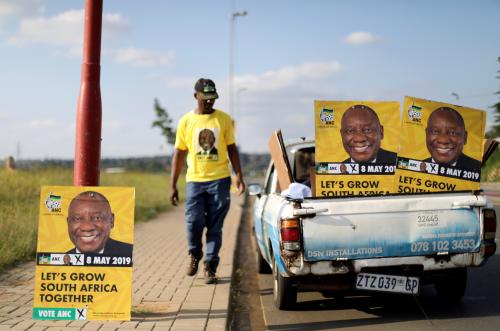
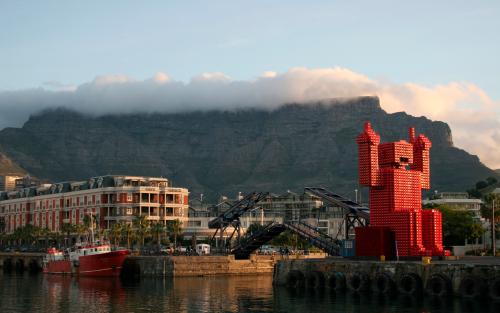
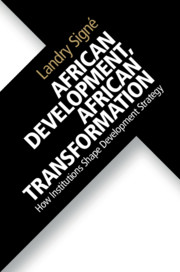
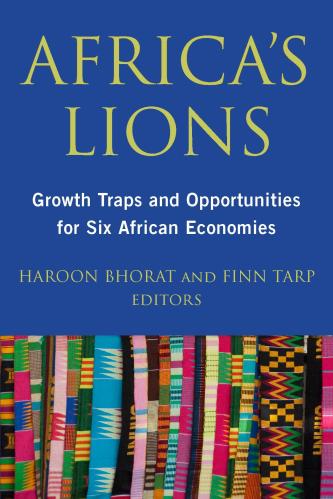

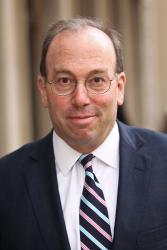
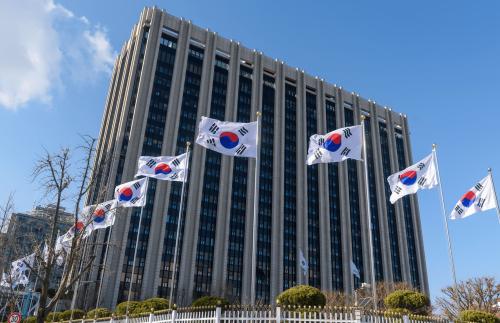


Commentary
Post-election South Africa: Top priorities for the administration
June 12, 2019